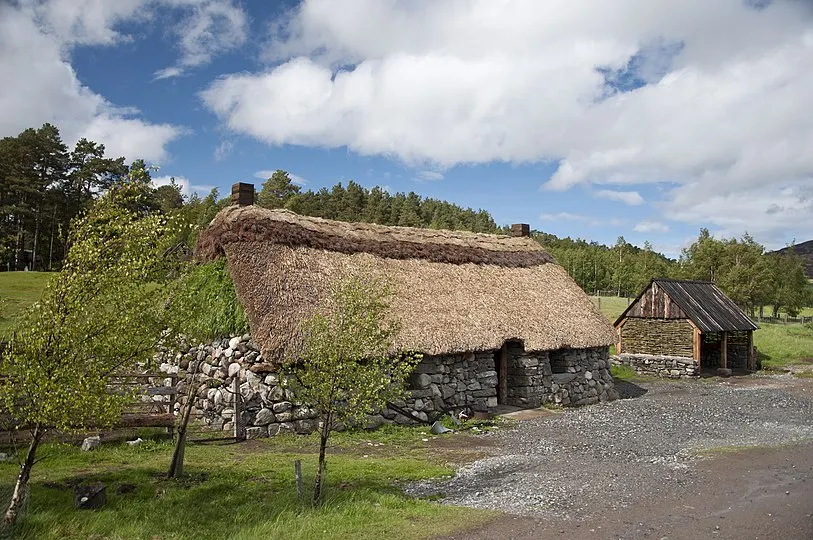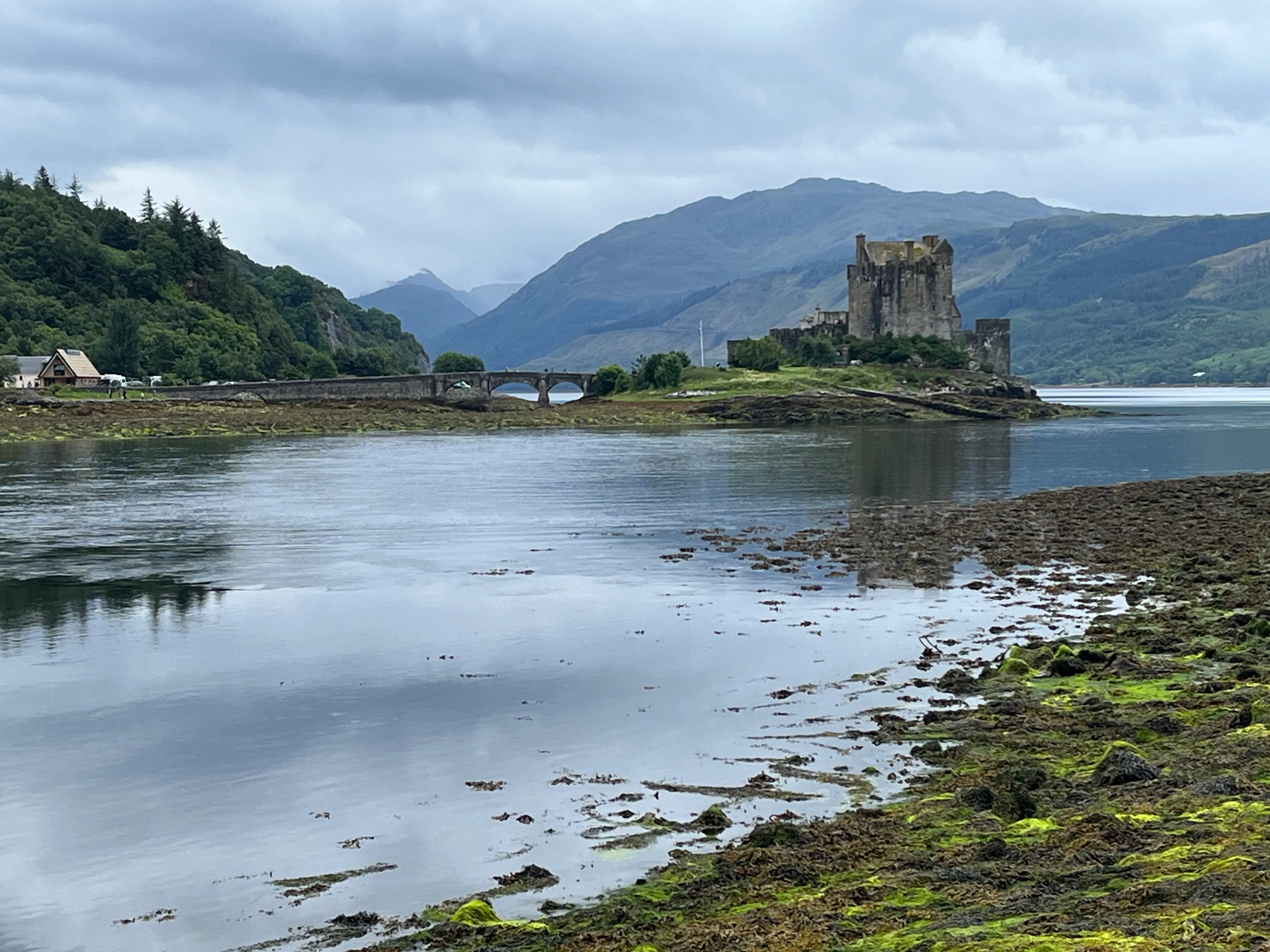Bonnie Prince Charlie
and The Last Battle on British Soil
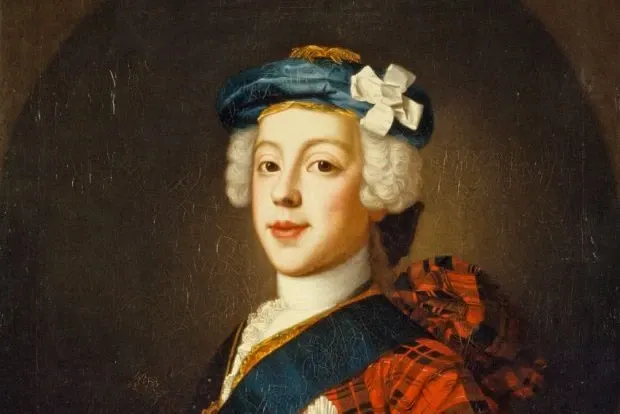
Before the famed 1745 Jacobite uprising, which thrust him into the limelight as the romantic hero of Scottish history, Bonnie Prince Charlie, born Charles Edward Stuart, led a life filled with intrigue and exile as he yearned to reclaim the Scottish throne.
Born in 1720, Charles Edward Stuart was the grandson of the deposed King James II of England and VII of Scotland. His early years were marked by his family's quest to regain the crown lost in the Glorious Revolution of 1688.
Raised in the court of his father, James Francis Edward Stuart, the "Old Pretender," Charles was instilled with the belief in the divine right of the Stuart dynasty to rule. As tensions simmered between the exiled Stuarts and the ruling Hanoverian monarchy, Charles became a focal point for Jacobite aspirations.
Throughout his youth, Charles's upbringing was steeped in the Jacobite cause, with supporters across Europe rallying behind the Stuart claim to the throne. Educated in the arts of diplomacy and warfare, he was groomed to one day lead the Scottish clans in a bid to reclaim his family's birthright.
As Charles matured, whispers of rebellion echoed across Scotland, with disgruntled Highland clans ready to rise up against English rule. It was against this backdrop of simmering unrest that Charles, fueled by his own ambitions and the fervent support of his followers, embarked on his daring quest to restore the Stuart monarchy.
Before the Jacobites arrived in Inverness during the '45 Jacobite rebellion, the stage was set for one of the most significant uprisings in Scottish history. In 1745, Bonnie Prince Charlie, Charles Edward Stuart, landed on the shores of Scotland, at a beach called Arisaig near the little fishing village of Malaig ( which we will pass through on the way back from Skye) marking the beginning of a campaign to reclaim the British throne for the exiled Stuart dynasty.
The Jacobite cause, rooted in the belief of divine right and loyalty to the Stuart monarchy, had simmered since the Glorious Revolution of 1688, which saw the overthrow of King James II of England and VII of Scotland. The Highland clans, disaffected with Hanoverian rule and inspired by tales of Stuart kingship, rallied behind Bonnie Prince Charlie's call to arms.
As Charles and his Jacobite supporters marched south from the Highlands, they faced both victories and setbacks. The famous Battle of Prestonpans in September 1745 saw a decisive Jacobite triumph over government forces, bolstering their confidence and swelling their ranks.
By the time they reached Inverness, the Jacobites had gained momentum, capturing key strategic locations along the way. Inverness, situated in the heart of the Highlands, held symbolic importance and strategic value for both sides in the conflict.
However, the Jacobite advance was not without its challenges. Despite initial successes, they faced logistical difficulties and internal divisions within their ranks. Additionally, the government forces, led by the Duke of Cumberland, were gathering strength and preparing to confront the Jacobites in battle.
As Bonnie Prince Charlie and his followers arrived in Inverness, they found themselves on the cusp of a pivotal moment in Scottish history. The stage was set for the final showdown between Jacobite aspirations and Hanoverian authority, a clash that would unfold in the coming months with the Battle of Culloden looming on the horizon.
In the first few weeks at Inverness, Bonnie Prince Charlie and his Jacobite forces focused on consolidating their position and gathering support from local clans. Inverness served as a strategic stronghold for the Jacobites, offering a central location from which they could control movements across the Highlands and reinforce their ranks.
During this time, Prince Charles Edward Stuart worked to bolster morale among his followers, issuing proclamations and rallying speeches to inspire loyalty and commitment to the Jacobite cause. He also endeavoured to secure supplies and provisions for his army, ensuring they were adequately prepared for the challenges that lay ahead.
Meanwhile, William Augustus, Duke of Cumberland,
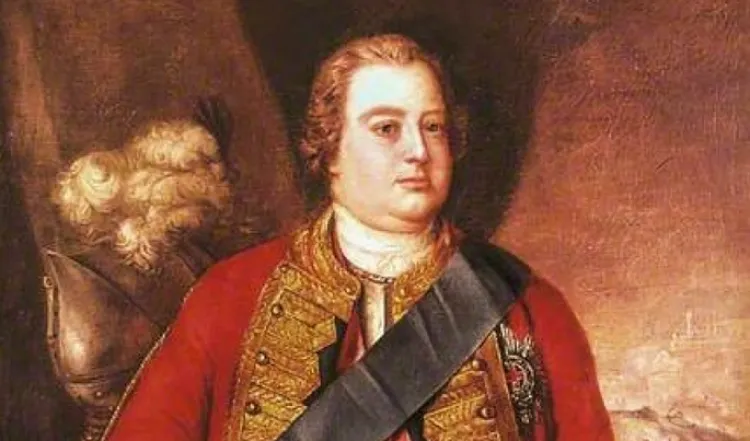
commonly known as "Butcher Cumberland" for his brutal tactics, was marshalling government forces to confront the Jacobites. As the son of King George II, Cumberland was determined to crush the rebellion and maintain Hanoverian control over Britain.
Aware of the Jacobite threat, Cumberland focused on organizing and equipping his troops for the impending conflict. He dispatched military reinforcements to the Highlands and implemented strategic deployments to counter Jacobite movements. Cumberland's primary objective was to quell the rebellion swiftly and decisively, sparing no mercy for those who opposed the Hanoverian crown.
As tensions mounted between the Jacobites and government forces, both sides prepared for the inevitable confrontation that would determine the fate of the rebellion. In the weeks leading up to the Battle of Culloden, the stage was set for a momentous clash that would shape the course of Scottish history for years to come.
The departure from Inverness to Nairn marked a significant juncture in the Jacobite campaign, fraught with anticipation and uncertainty. As Bonnie Prince Charlie's forces moved towards Nairn, the weather played a pivotal role in shaping the conditions of the march. The skies were heavy with dark clouds, casting an ominous shadow over the Highland landscape. A biting wind swept across the moors, carrying with it the promise of rain.
The Duke of Cumberland celebrated his birthday on the 15th of April, an event marked by the Hanoverian troops with a sense of resolve and determination. For Cumberland, the day served as a reminder of the stakes at hand and the duty he bore to crush the Jacobite rebellion.
As the Jacobite forces advanced towards Nairn, on the 14th they faced mounting challenges and dwindling morale. The enforced retreat to Culloden late on the 15th of April after failing to launch an attack against the Government forces marked a critical turning point in the campaign. Amidst the rugged terrain and adverse weather conditions, Bonnie Prince Charlie grappled with the reality of his situation. The retreat to Culloden symbolised a strategic manoeuvre, a tactical decision made in response to the mounting pressure from government forces.
As they marched towards Culloden Moor, the Jacobites confronted the grim spectre of defeat looming on the horizon. The landscape seemed to mirror their apprehension, shrouded in mist and uncertainty. Yet, despite the foreboding atmosphere, Bonnie Prince Charlie remained resolute, determined to face whatever lay ahead.
The Battle of Culloden, though brief in duration, unfolded in a flurry of intense action and strategic maneuvers, culminating in the eventual defeat of the Jacobites. The conflict began in the early morning hours, with both sides poised for confrontation on the windswept moor of Culloden.
As the first light of dawn illuminated the battlefield, through sleet and snow. The Jacobite army, led by Bonnie Prince Charlie, took their positions with determination, their hopes riding high on the promise of victory against the government forces led by the Duke of Cumberland.
With the crack of a musket shot, resulting in the death of a government artilleryman, the battle commenced, setting off a chain reaction of chaotic and ferocious combat that would rage across the moor. The Jacobites, comprising Highland clansmen and their allies, French, English and Irish charged forward with fervour, their hearts ablaze with loyalty to the Stuart cause. However, the government troops, disciplined and well-equipped, held their ground, their ranks bolstered by artillery and infantry formations.
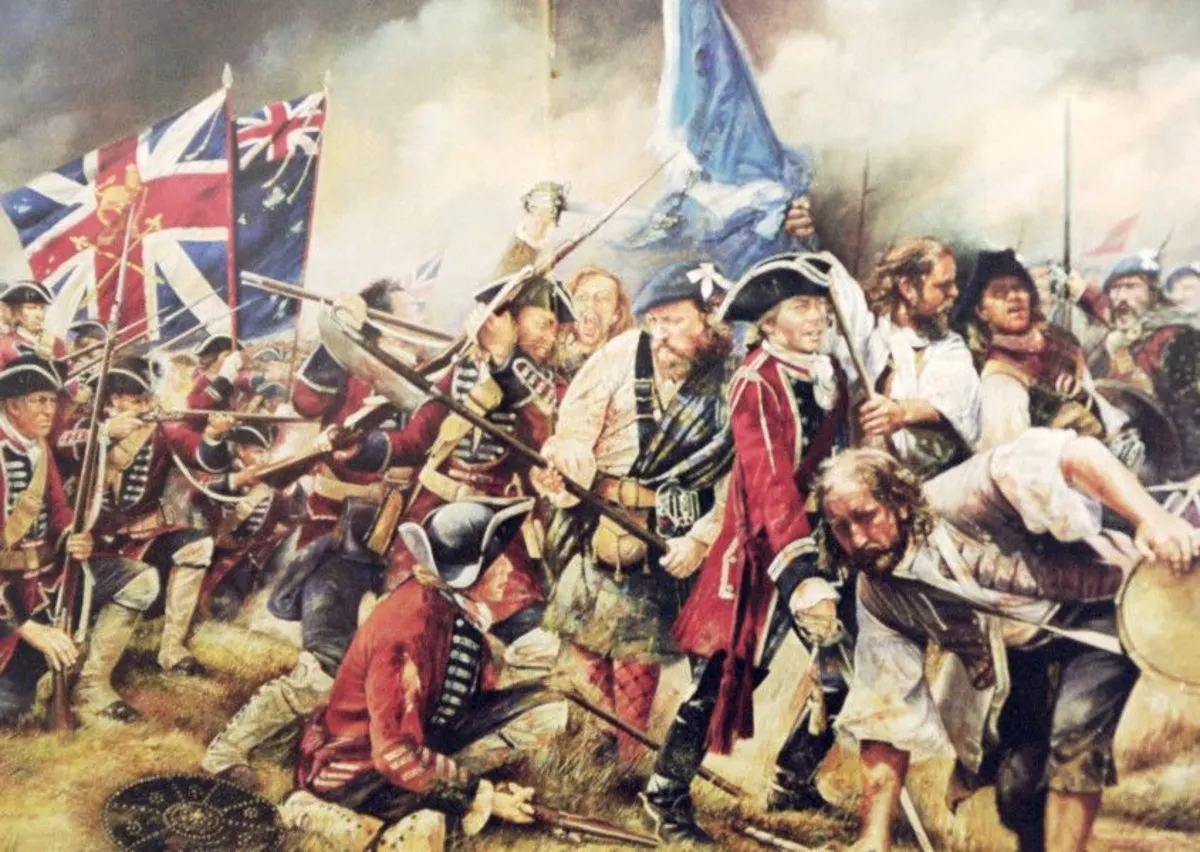
In the span of less than an hour, the battlefield erupted into a maelstrom of violence as musket volleys and cannon fire rent the air. The Jacobite warriors fought valiantly, displaying remarkable courage in the face of overwhelming odds. Yet, despite their bravery, they found themselves outmatched by the superior firepower and tactics of the government forces.
As the battle raged on, the Jacobite lines began to buckle under the relentless assault of Cumberland's troops. The government artillery pounded their positions, wreaking havoc among their ranks, while disciplined volleys of musket fire mowed down scores of Highland fighters. Despite their best efforts, the Jacobites struggled to maintain cohesion, their forces gradually fragmenting as the intensity of the fighting escalated.
Amid the chaos, Bonnie Prince Charlie endeavoured to rally his men for one final push, urging them to stand firm against the onslaught. However, as the minutes ticked by, it became increasingly clear that the tide of battle had turned irreversibly against them. With their ranks depleted and their morale waning, the Jacobites found themselves on the brink of defeat.
In the waning moments of the conflict, the government forces pressed their advantage with ruthless efficiency, launching a decisive assault that shattered the remaining resistance of the Jacobites. Amidst the smoke and carnage of the battlefield, the dreams of Bonnie Prince Charlie and his supporters were dashed as Charlie fled the field. They now faced the bitter reality of defeat.
The government emerged victorious, their triumph marking the end of the Jacobite rebellion. Though the battle itself lasted less than an hour, its impact would reverberate throughout Scottish history, leaving an indelible mark on the collective memory of the nation.

